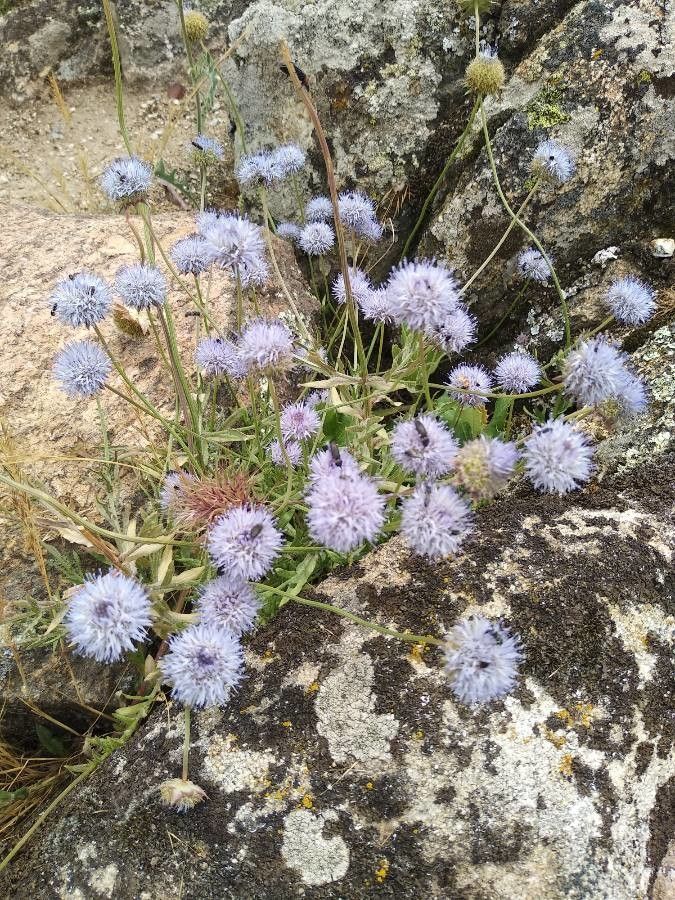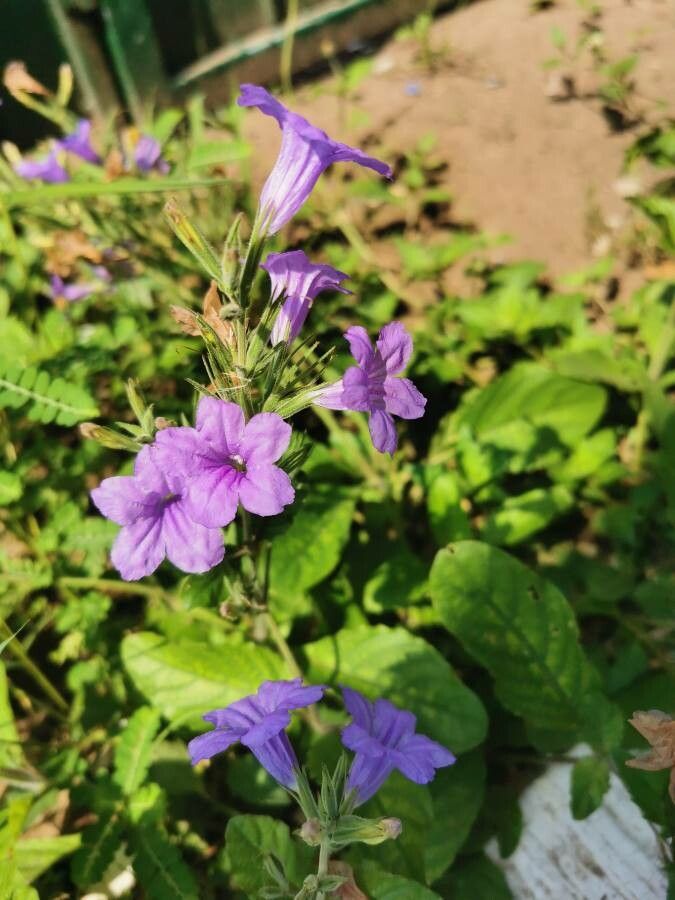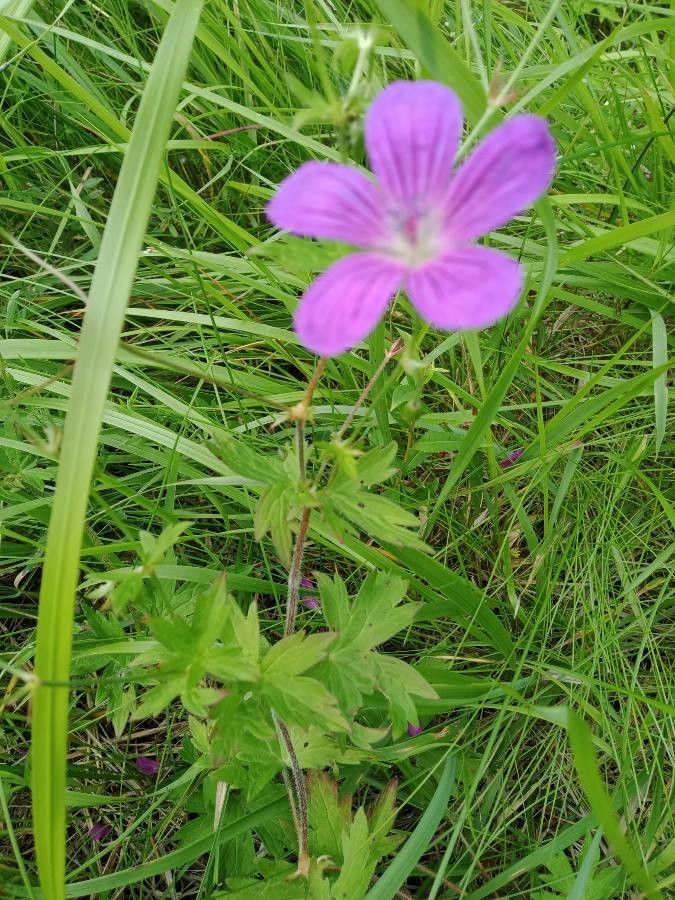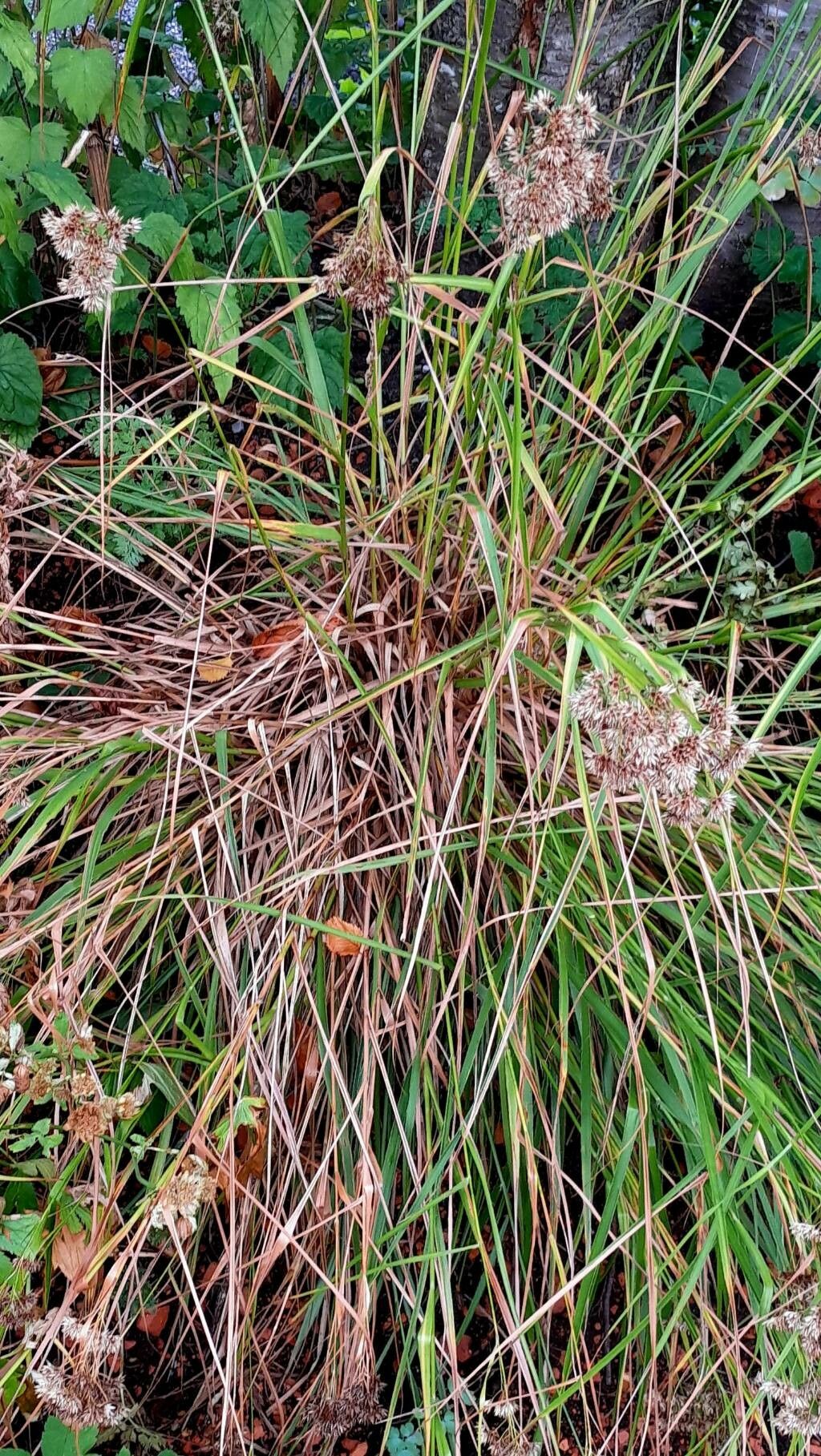# Sheepbit: A Comprehensive Guide
Sheepbit, a captivating member of the Campanulaceae family (the bellflower family), offers a unique charm to any garden or natural landscape. While its exact species within the *Jasione* genus requires further clarification (as there are multiple species commonly called 'Sheepbit'), this guide provides general cultivation advice applicable to most varieties.
### Identifying Sheepbit
Sheepbit plants are typically characterized by their charming, small, star-shaped flowers clustered together in dense heads. The flowers themselves are usually blue, purple, or sometimes even white, creating a visually appealing display. The leaves are often linear or lanceolate, adding to their delicate appearance. However, precise identification requires knowledge of the specific *Jasione* species, as variations exist in size, flower color, and leaf shape. Consult specialized botanical resources or a plant identification app for precise identification.
### Habitat and Growth
Sheepbit thrives in a variety of habitats, typically preferring open, sunny locations. They are often found growing in grasslands, meadows, and along roadsides, demonstrating adaptability to different soil conditions, though they generally prefer well-drained soils. They are native to parts of Europe and may also be found in other regions as introduced species.
### Soil Needs and Sun Exposure
While Sheepbit tolerates a range of soil types, it flourishes in well-drained soil that's neither overly wet nor excessively dry. Sandy loam or a light soil mix works well. Adequate drainage is crucial to prevent root rot. Regarding sun exposure, these plants are sun-lovers and require at least six hours of direct sunlight daily to thrive. Partial shade might be tolerated in hotter climates, but consistently full sun will produce the most abundant blooms.
### Planting and Care
Sheepbit can be propagated from seed or by division of established plants. Sow seeds directly into the prepared soil in spring or fall, gently pressing them into the surface. Maintain consistent moisture until germination. For division, carefully separate clumps of the plant in early spring or fall, ensuring each division has healthy roots. Regular watering is necessary, especially during dry periods, but avoid overwatering. Deadheading (removing spent flowers) encourages more blooms throughout the season.
### Pests and Diseases
Sheepbit is generally a low-maintenance plant relatively resistant to pests and diseases. However, occasional issues such as slugs or snails might arise. Monitor the plants regularly and take appropriate measures if necessary, such as handpicking pests or using organic slug bait.
### Uses and Benefits
Sheepbit, while not widely used in traditional medicine or for commercial purposes, adds aesthetic value to gardens and landscapes. Its vibrant flowers attract pollinators, such as bees and butterflies, contributing to a healthy garden ecosystem.
### Conclusion
Sheepbit offers a blend of beauty and resilience, making it a valuable addition to any garden enthusiast's collection. By providing the right conditions—sufficient sunlight and well-drained soil—you can enjoy its charming flowers and contribute to the biodiversity of your surroundings.
Sheepbit: Complete Guide to Growing & Caring

Frequently Asked Questions
How do I grow Sheepbit in my garden?
Sow seeds directly into well-drained soil in spring or fall, ensuring at least six hours of direct sunlight. Maintain consistent moisture until germination. Alternatively, divide established plants in spring or fall.
What type of soil does Sheepbit need?
Sheepbit prefers well-drained soil; sandy loam or a light soil mix is ideal. Avoid heavy clay soils that retain excessive moisture, which can lead to root rot.


